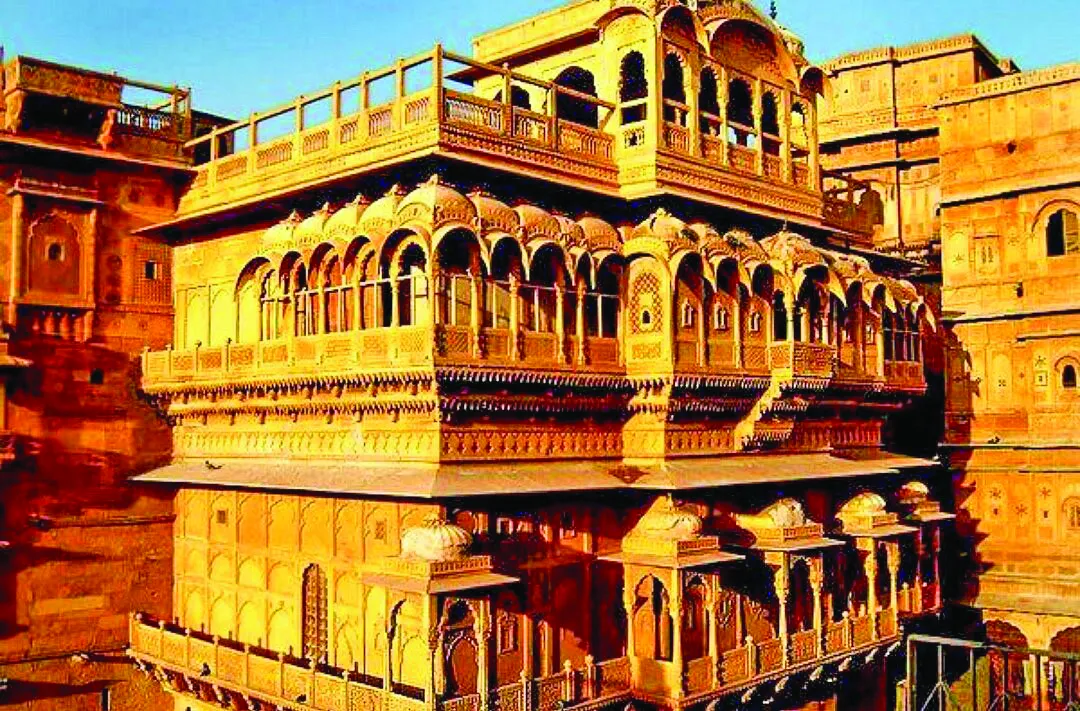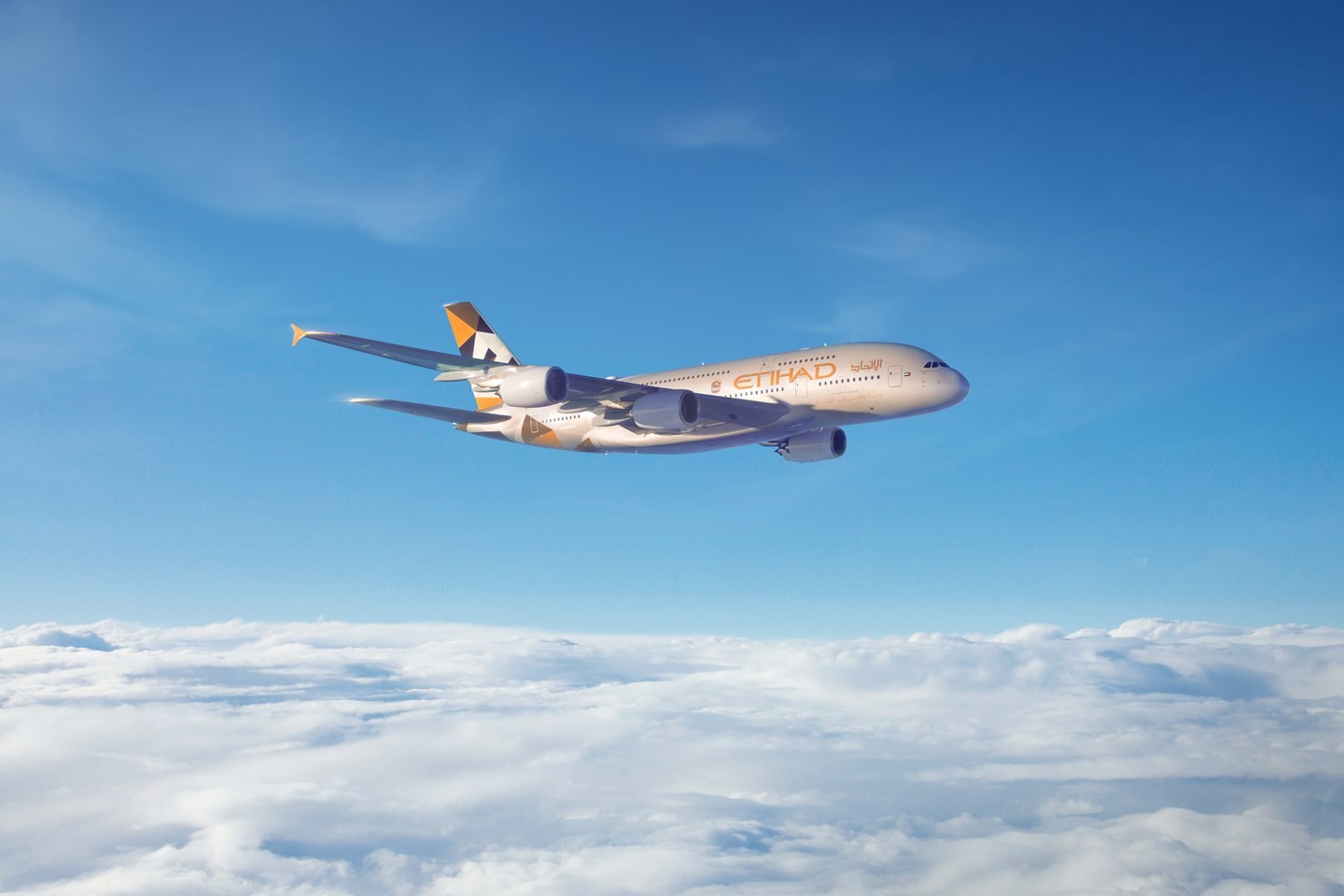My earliest memories of the Rath Yatra take me back to childhood, when I watched the live telecast on Doordarshan each year, tucked cosily between my grandparents. The magnanimity of the chariot festival never ceased to amaze my curious little mind even after repeated views every twelve months. This annual tradition ended once I joined boarding school, but my interest in the festival renewed during my senior years when Kumari Divyajyoti Debi, the eldest daughter of Gajpati Maharaj Dibyasingha Deb of Puri joined my class. The two of us became good friends, and each time Divyajyoti shared some fascinating trivia about the Rath Yatra, I would tell her how keen I was to attend the festival at least once in my lifetime. Little did I know that I will land up getting married in Odisha one day, and the chariot festival will become an integral part of my life forever.





While the Rath Yatra of Puri is known all over the world, the festival is also celebrated in several other princely states across Odisha with equal gusto and gaiety. The construction of chariots begins on the auspicious day of ‘Akshaya Tritiya’ for the annual sojourn of the holy trinity. “Lord Jagannath›s chariot is called Nandighosa, the chariot of Lord Balabhadra is called Taladhwaja and that of Goddess Subhadra is called Dwarpadalana,” shares Raja Rajendra Chandra Deb of Talcher. “Even though most of the measurements are done traditionally using hand and finger lengths, it is fascinating to observe the design and dimensions of the chariots that always remain consistent.”
It is interesting to note how the royal families of Talcher and Dhenkanal share a centuries-old connection with the chariots of Puri. Historian Hermann Kulke has mentioned in the Art and Archaeological Research Papers (London – Volume XVI) how “the iron, necessary for the construction of the chariots was procured from the feudatory Rajas of Dhenkanal and Talcher in 1744, and a royal order was issued to the temple officers of Puri to send mahaprasada to both the Rajas for generously supplying the iron ore for the chariots.”
The festivities leading up to the Rath Yatra begin on ‘Devasnana Poornima’ when Lord Jagannath is unable to bear the heat of the scorching summer and steps out with his siblings for a bath. Explaining this ritual, Raja Tribikram Chandra Deb of Baramba says, “The deities are brought out with a lot of pomp and show to the ‘Snana Mandap’ and bathed with a hundred and eight pots of cold water. After this royal bath ceremony, the trinity falls ill and quarantines themselves away from the public view for a fortnight.” This period is known as the ‘Anasara’. Once the deities recover from illness, fresh eyes are painted on the idols during ‘Netra Utsav’, marking the beginning of the Rath Yatra.
The most significant ritual associated with the first day of the Yatra is the ‘Chhera Pahara’, where the Rajas act as attendants of the Lord and sweep the Rath. Throwing light upon this ritual, Raja Braj Keshari Deb of Aul says, “The sweeping ceremony reflects the idea of equalisation. Under the lordship of Jagannath Mahaprabhu, there is no distinction between a powerful sovereign and a humble devotee. Hence, the ruler becomes the sevak for one day in a year.” A unique feature about the Jagannath idol at Aul is that it is made of a single piece of muguni stone unlike the idols everywhere else which are made of wood, cloth and resin.
While all three idols reside in the temple in most princely states including Puri, Dhenkanal holds a unique distinction where the idol of Lord Balbhadra resides permanently in the palace. Yuvrani Meenal Jhala Singh Deo shares, “Lord Balbhadra’s idol proceeds for the Rath Yatra from the palace premises with incredible festive fervour, and he is later joined by Lord Jagannath’s idol en-route to the Rath. Hundreds of devotees pull the ropes of the chariots making it an inspiring display of enthusiasm and devotion.” The chariot journey is completed by reaching the Gundicha Temple, considered to be the home of the trinity’s maternal aunt.”
Lord Jagannath is dressed in the form of the revered nine avatars like Narsimha, Vamana, Parshuram, and Rama during his stay at the Gundicha Temple. Raja Jayant Mardaraj of Nilgiri narrates an interesting ritual from this phase: “It is believed that Goddess Lakshmi gets upset with her husband Lord Jagannath for having left her behind and comes looking for him at his aunt’s place. This day is known as ‘Hera Panchami’, where hera signifies to look for. Goddess Lakshmi requests the Lord to return to their abode and he gives his consent in the form of a garland. On this day, the Lord is dressed in the Lakshmi Narayan avatar to celebrate his conjugal bliss with his consort.”
After residing at the Gundicha Temple for a week, the trinity begins their return journey known as the ‘Bahuda Yatra’. Explaining the culmination ceremony, Yuvraj Vijayendra Chandra Deb of Talcher says, “Once the deities arrive at their temple, they continue to remain in the chariot for a day and don the ‘Suna Bhesha’, where they are dressed in elaborate gold fineries. Considered to be their most opulent avatar, this stunning spectacle draws pouring crowds of devotees. The deities finally enter the temple the next day amidst mystical chanting of mantras and reverberating sounds of conch shells, ending the Rath Yatra on a high note.”
The Rath Yatra is one of the first non-Vedic festivals devised with the idea to unite different communities irrespective of their caste, creed or social strata. From finding mention in ancient scriptures like the Brahma Purana, Padma Purana, Skanda Purana, and Kapila Samhita, to becoming an important celebration across the globe in places like London, Paris, Rome, Moscow, Toronto, Nairobi, Melbourne, and New York, the Rath Yatra has established its footprints across the sand of time.
As for me, Lord Jaganath has always appealed to my spiritual senses since childhood because of his human-like attributes. He plays with his siblings Lord Balbhadra and Devi Subhadra, falls sick after bathing in cold water, argues with his spouse Goddess Lakshmi over trivial issues, and most of all, his bodily imperfection is what makes him so realistic and approachable. He is God, of course, but more than that, he is like a friend, invoking a sakha-bhaav or devotion through the emotion of friendship.























